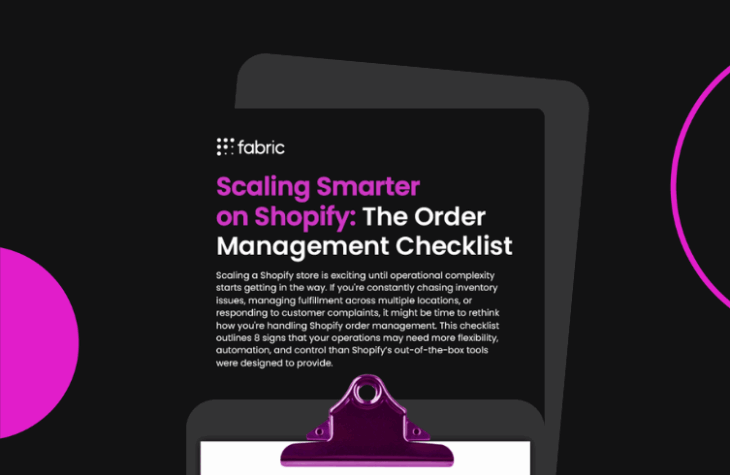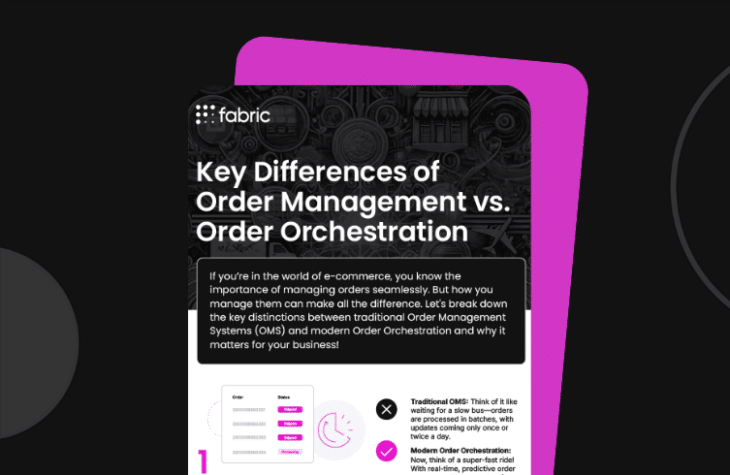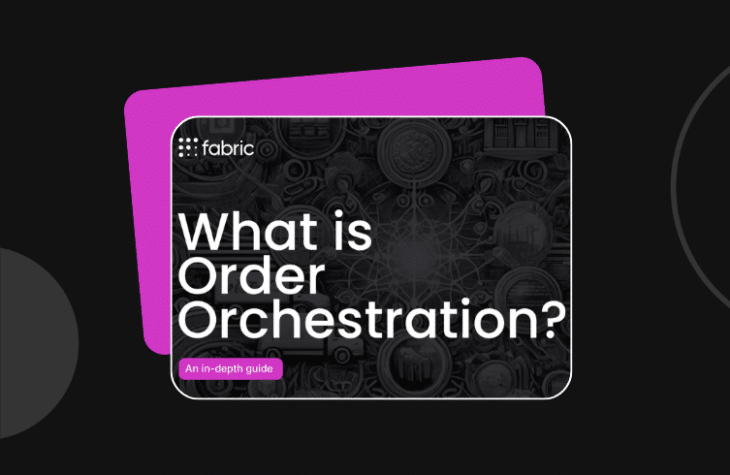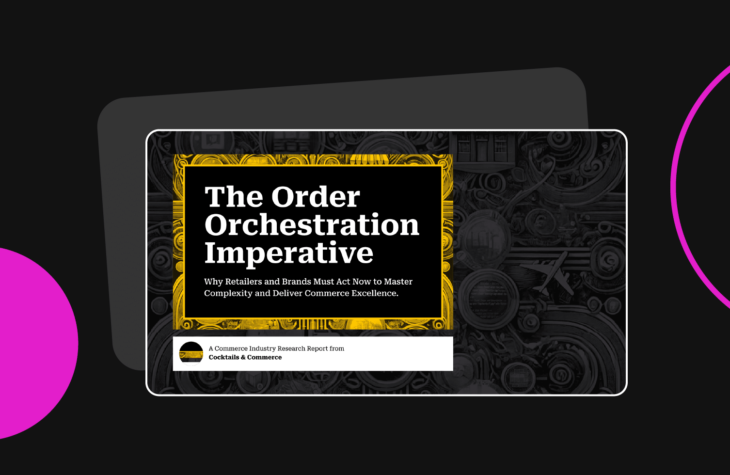5-Step Guide: Build a Business Case for Order Orchestration
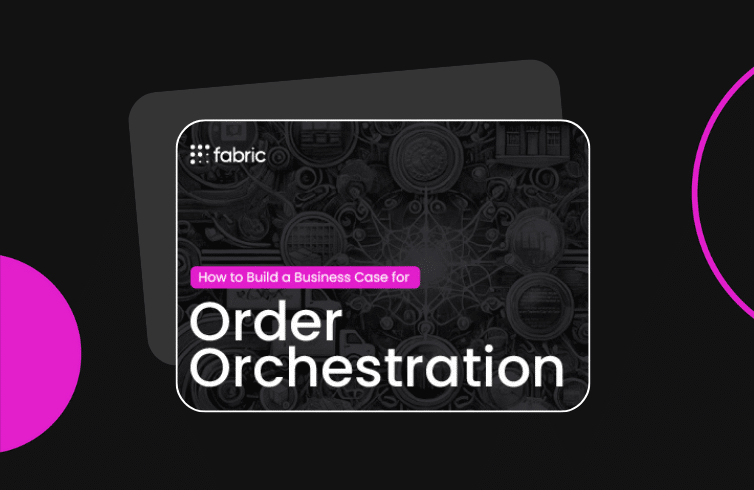
Consumers expect more. More speed, more convenience, and more flexibility across every channel. But let’s be real: most retail fulfillment systems weren’t built to keep up.
Disconnected inventory, slow fulfillment, and inefficient logistics aren’t just operational headaches—they’re revenue killers. If your business is still relying on outdated order management processes, you’re leaving money on the table and frustrating customers who expect seamless experiences.
The missing piece: Order Orchestration
That’s where Order Orchestration comes in. It’s the key to optimizing fulfillment, cutting costs, and delivering the fast, flexible shopping experiences that today’s consumers demand. And to get leadership on board, you need a strong business case.
What’s inside this ebook?
- Why Order Orchestration matters: Learn how it goes beyond traditional order management to drive real business impact.
- The ROI of smarter fulfillment: See how reducing inefficiencies and optimizing logistics directly boosts revenue and margins.
- How to solve retail’s biggest pain points: Find out how to fix challenges such as stockouts, slow shipping, and disconnected systems.
- 5 steps to build your business case: A practical framework to help you make a compelling argument for investment.
Retailers who embrace Order Orchestration don’t just improve efficiency. They unlock new revenue opportunities, increase customer loyalty, and gain the agility needed to stay competitive. If you’re looking for a strategic way to modernize your fulfillment operations, this ebook is your roadmap. Read it in full below.
Take the next step and dig deeper into Order Orchestration
For a deeper dive into the urgency of Order Orchestration, check out “The Order Orchestration Imperative,” a whitepaper by Cocktails & Commerce. It breaks down why retailers need to move fast to overcome order complexity and future-proof their fulfillment strategies.
